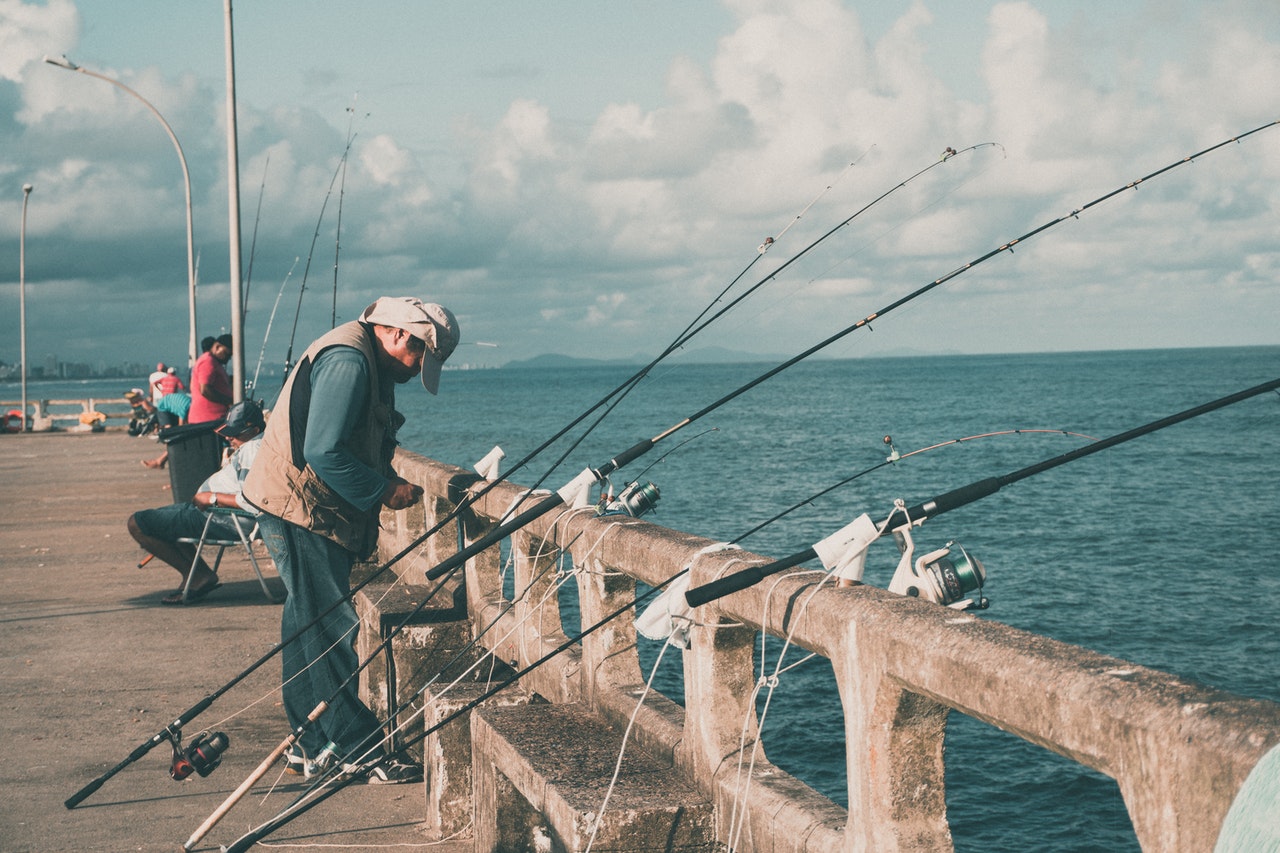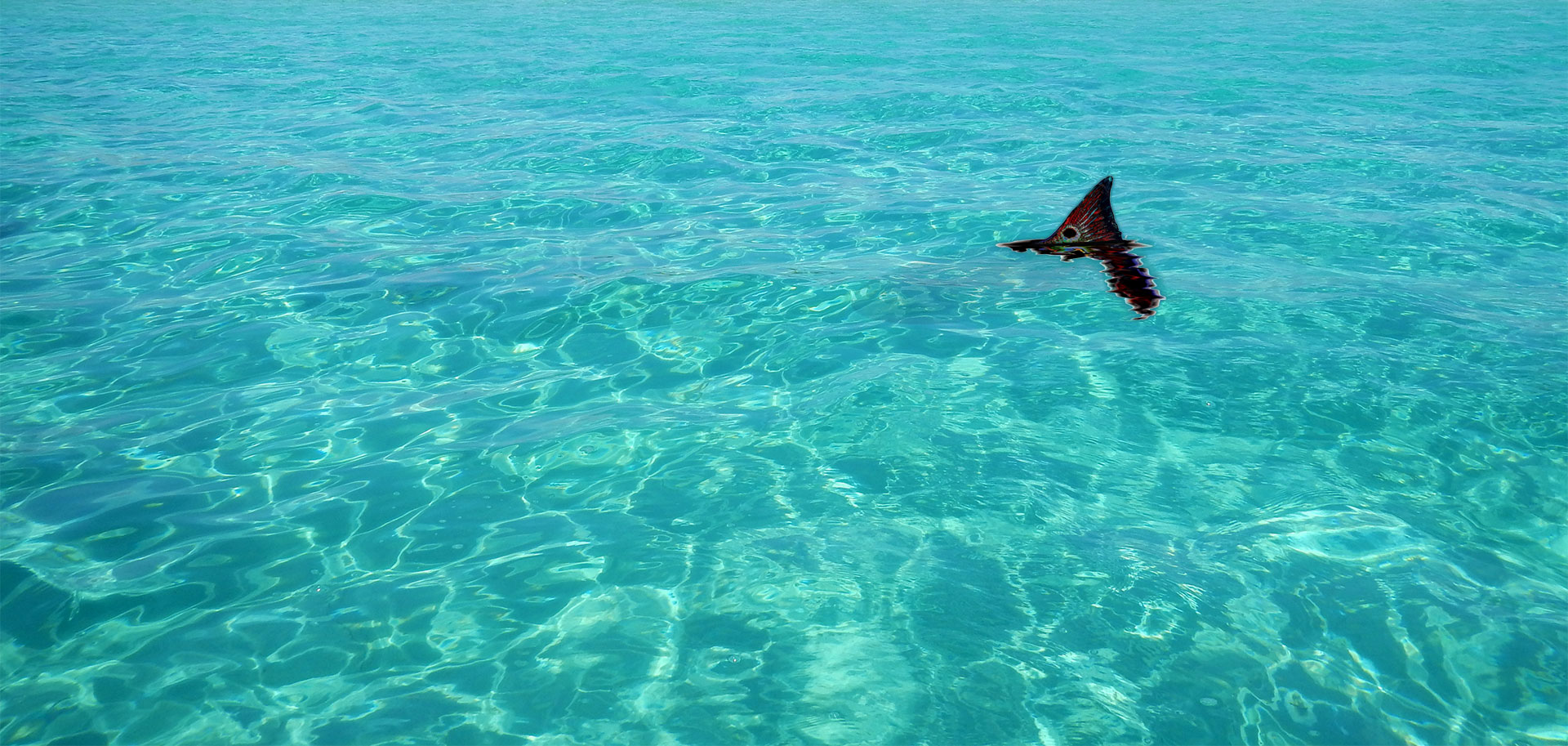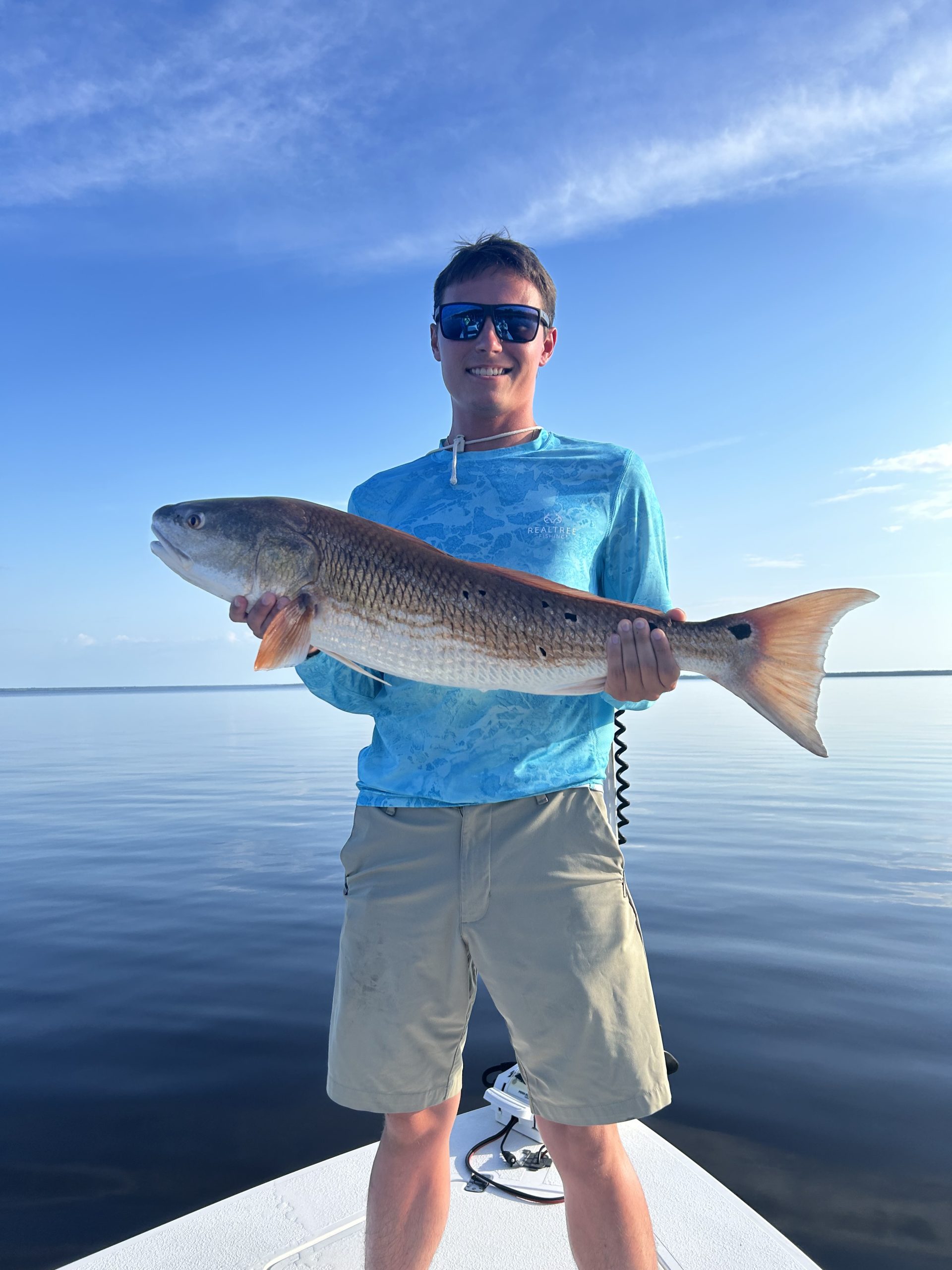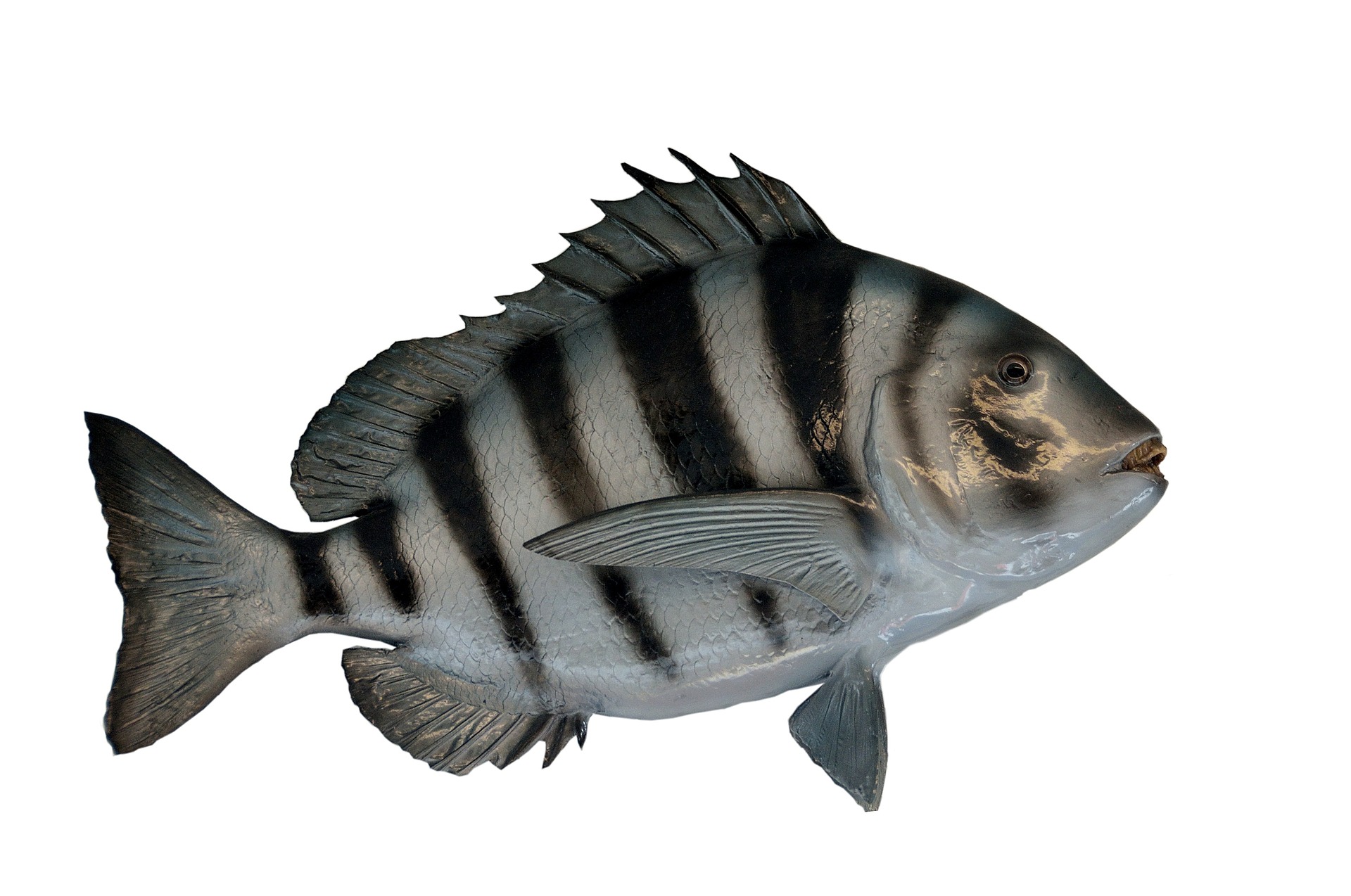
How Dangerous Are Sheepshead Fish?
Part of the thrill of going on a fishing trip is catching some of the weird and wonderful creatures that live in the waters where you fish. In Northwest Florida, the Sheepshead is perhaps one of the most freakish-looking fish you’d ever find there. This species of ray-finned fish is known to have human-like teeth, giving it a bizarre, almost alien-like appearance. The question is, are they dangerous? Let’s take a closer look at some of the interesting qualities of this unique species of fish and find out.
1. Name Origins
This is one of the fish species where the confusion lies in the name. While they are called “Sheepshead,” they aren’t sheep-like at all. In fact, they are a fish that probably got its name from Sheepshead Bay in New York, where the fish can be found. This is the most accepted explanation for the Sheepshead name, and it has nothing to do with its unique appearance.
2. Bizarre Teeth
As mentioned above, the Sheepshead is known to have bizarre-looking teeth that look like that of a human. When seen at a distance, the fish looks perfectly normal with its greenish-gray to silvery skin. However, when you look at it up close with its mouth wide open, you’ll notice the rows of human-like teeth inside. While this is a cool sight to see, it’s not really the best of qualities because such teeth make it hard for many people to eat the fish.
3. Where You Can Find the Fish
Sheepshead is a deep-bodied flatfish that is quite common in North and South America. They typically weigh around 21.2 lbs (9.6 kg) and reach 91 cm (35.8 inches) in length. Their habitats include the coastal waters along the Western Atlantic, from Nova Scotia to Brazil. However, those living in Florida will know just how common this fish is in the area.
4. Sharp Spines
As if the teeth weren’t enough to freak people out, the Sheepshead has another feature that makes it really dangerous: its spines. They swim using their pectoral fins and are quite a swift swimmer too. However, the fish also has a series of sharp spines located in the middle of their backs. While they’re not poisonous, they can cause some excruciating cuts when the fish is handled improperly. You need to be really careful when picking up a Sheepshead because it can really cut you.
5. Biting Power
While Sheepshead may sound like a nightmare came to life, they’re not really considered that dangerous. However, if provoked, they can deliver some painful bites. These fish can be found in some of the shallowest waters in the US, which are the most popular fishing spots. This means you’ll come into contact with the Sheepshead often while fishing. So be careful not to bump into them because it can leave you with some painful wounds.
6. What They Eat
The Sheepshead’s human-like teeth were designed to help them pick up shellfish like crabs, clams, and oysters from the bottom of the ocean. However, those aren’t the only things they eat. In fact, their diets actually vary a lot depending on the time of the year. This means that their human-like teeth actually help them adapt to whatever food is available around them, very much like how humans can practically eat anything because of our flat molars designed for chewing and crushing food.
Conclusion
While the Sheepshead may look odd with its human-like teeth, it’s not really considered dangerous. However, it’s still a ray-finned fish, and its spines can leave you with some painful cuts. So be careful if you’re going to be fishing in shallow waters. And if you plan on eating it, you should be aware of its teeth. No matter how it looks or what it eats, it’s still a fish you should handle with care.
If you like fishing at Navarre Beach, Showintail Inshore Charters has some amazing fishing packages for you. Get your family together and go on a fishing trip with Captain Bryant, who can show you the best fishing spots in the region. Start a new adventure and book your inshore charter today!






No Comments
Sorry, the comment form is closed at this time.